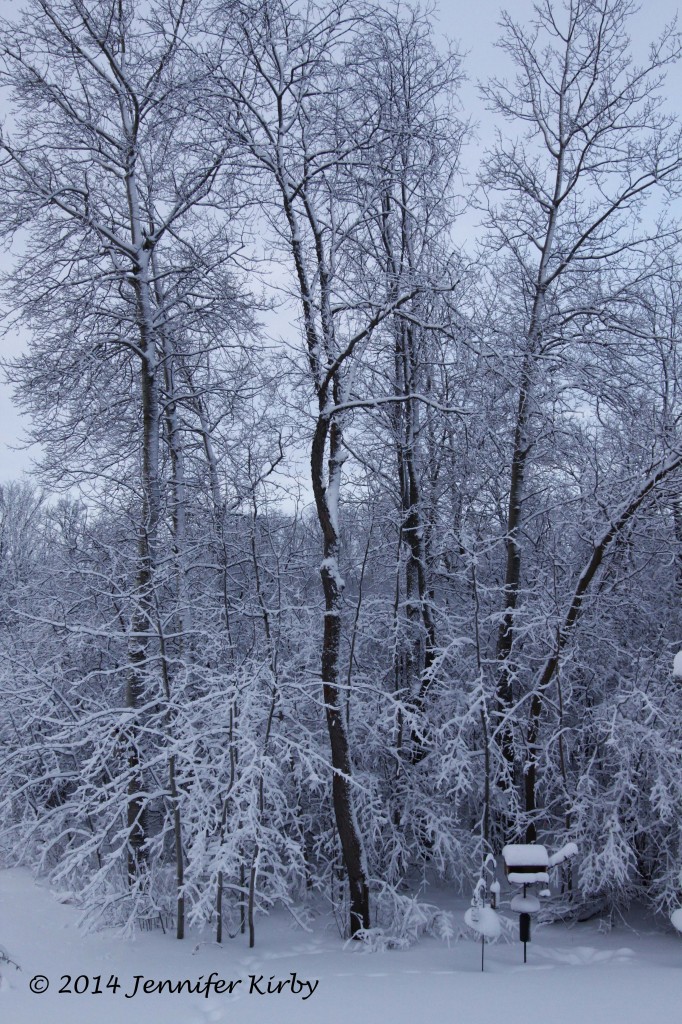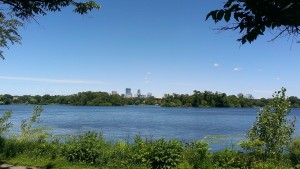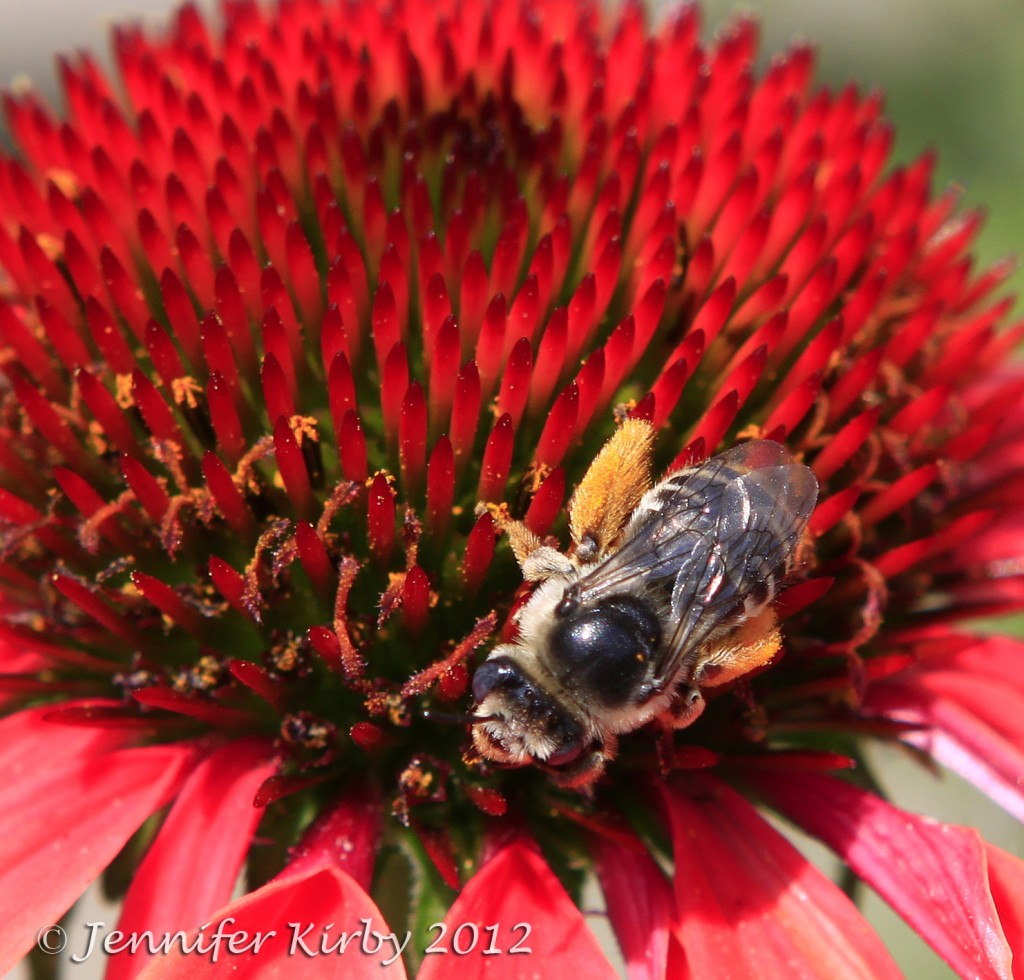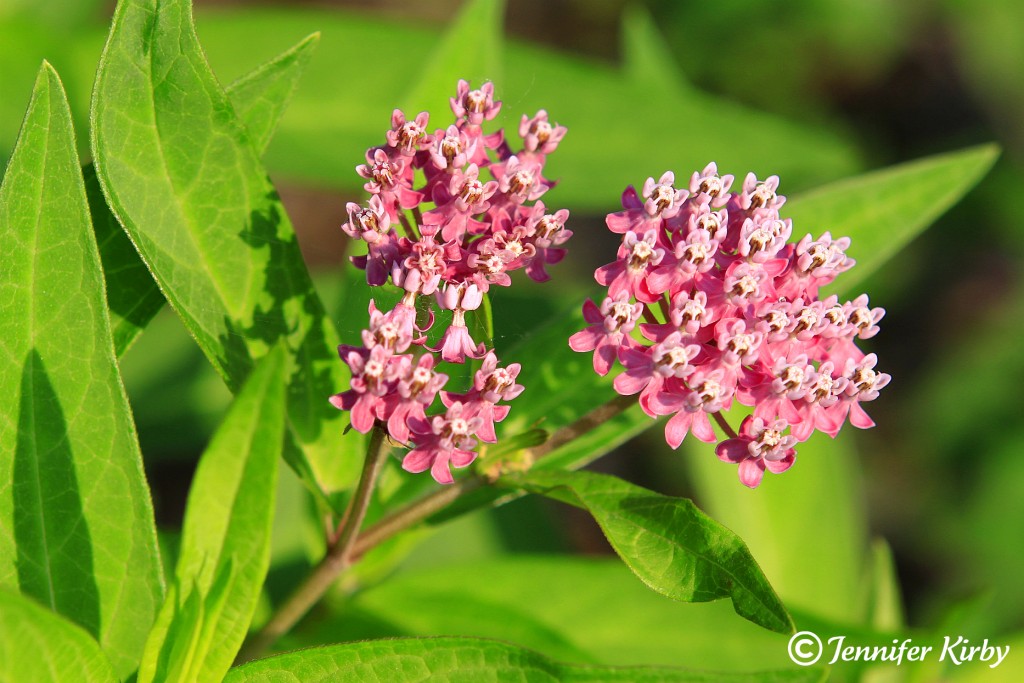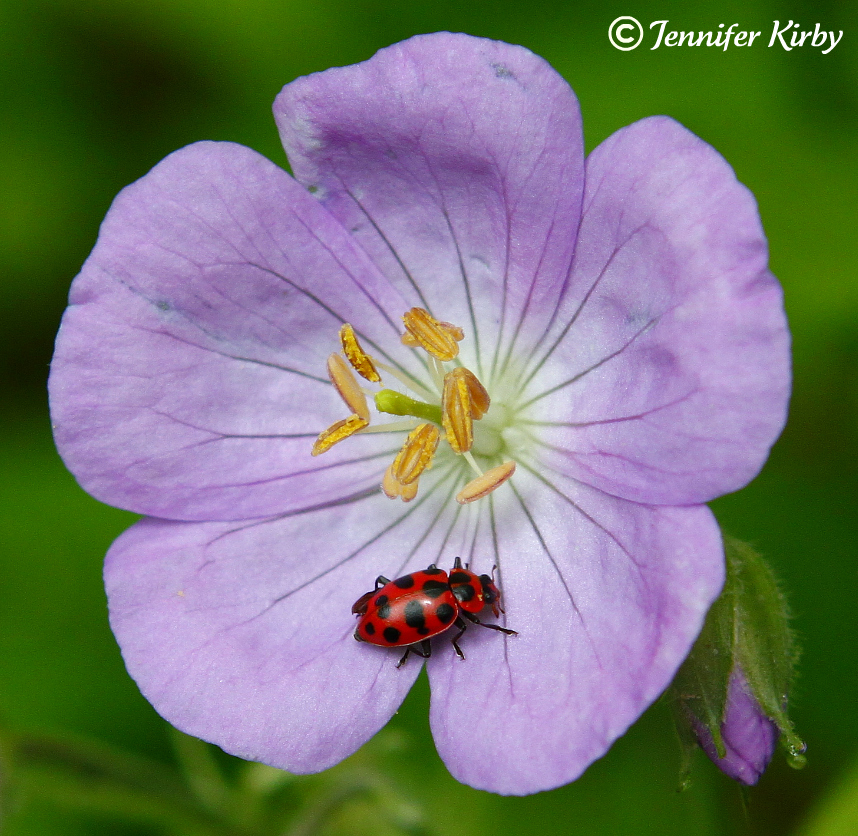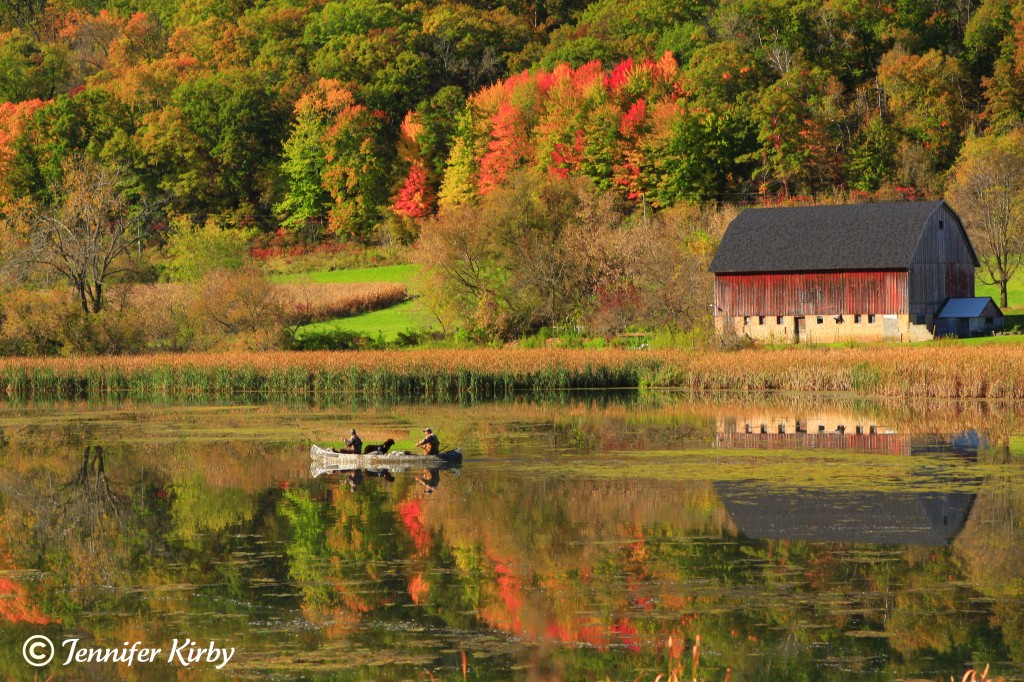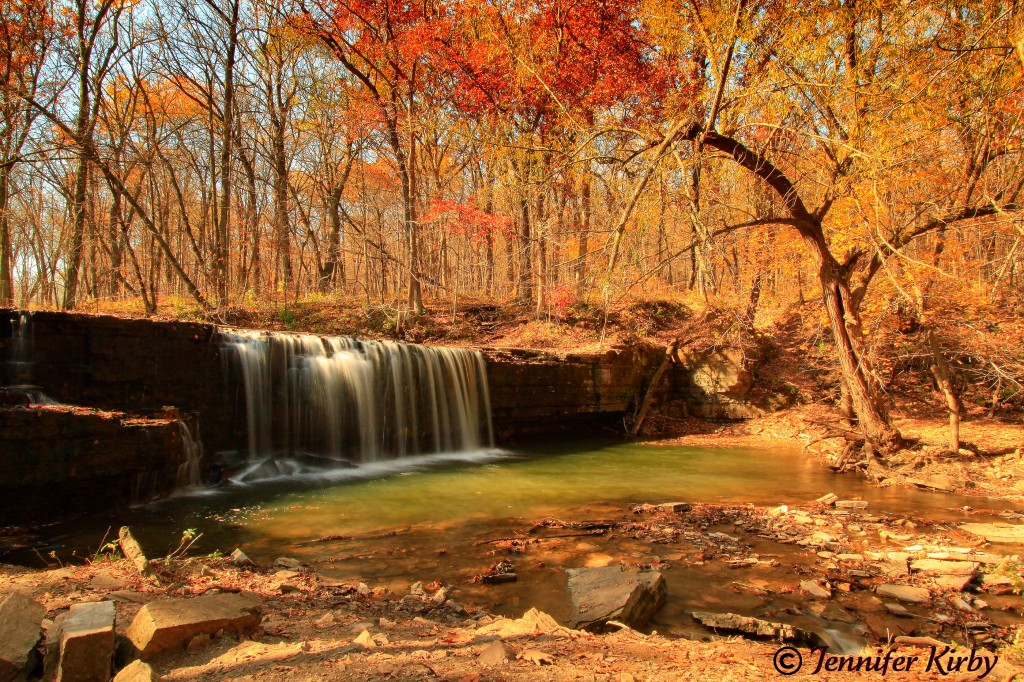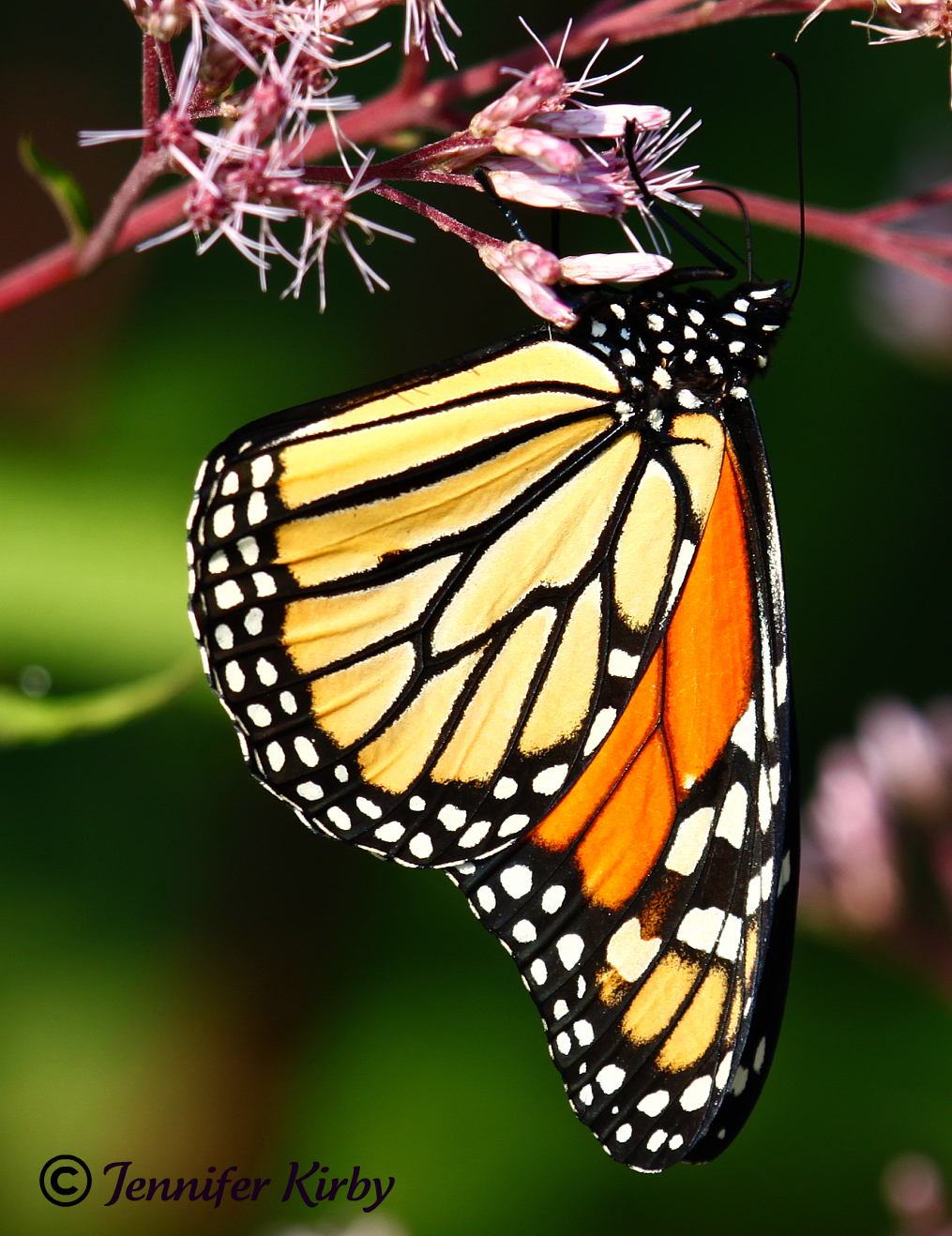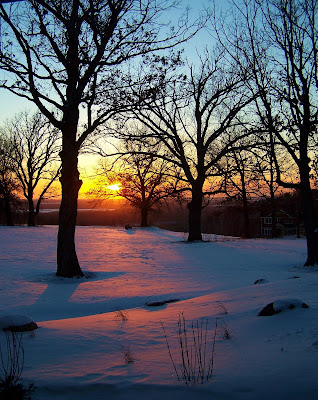From the category archives:
Nature
Downtown Minneapolis from Lake of the Isles, Summer 2013
It’s amazing how many beautiful areas there are in Minneapolis, and in the summer, the Chain of Lakes is one of the hot spots in town. Minnesotans can take a stroll or bike around the three lakes, Lake of the Isles, Lake Calhoun, or Lake Harriet, canoe, paddle board, sail, and more! And all this with the Minneapolis skyline as a backdrop even though it feels like you are NOT in the city.
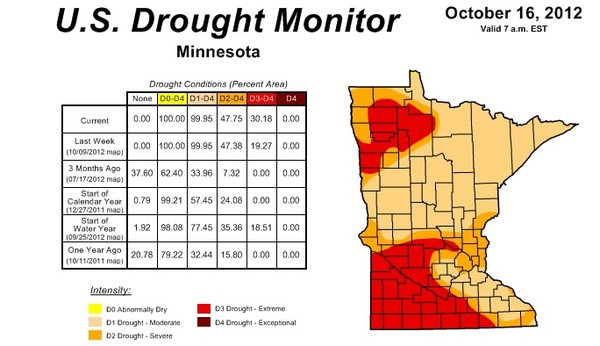 It looks like the lack of rain is taking its toll on Minnesota lakes and rivers. According to the state climatology office, the last three months near zero precipitation is making most of Minnesota rainfall totals rank at or below the lowest on record. The DNR is also calling for water conservation across the state and is giving examples of how the drought conditions are affecting the State’s water levels:
It looks like the lack of rain is taking its toll on Minnesota lakes and rivers. According to the state climatology office, the last three months near zero precipitation is making most of Minnesota rainfall totals rank at or below the lowest on record. The DNR is also calling for water conservation across the state and is giving examples of how the drought conditions are affecting the State’s water levels:
- Water conflicts between users and uses are emerging in more places.
- Nearly one-half of the state is in severe drought or worse; severe drought is considered a one in 10-year event; extreme drought is considered a one in 20-year event.
- The extent and geographic distribution of the current drought is rivaling the extreme drought event of the late 1980s.
- Large areas of Minnesota have missed the equivalent of two summertime month’s worth of rain.
- Soil moisture levels are at or below all-time low values for the end of September.
- White Bear Lake’s water level has hit its lowest point on record.
- It is a dire situation going into the 2013 growing season.
For Lake Minnetonka, the current water level is a foot lower than it was a few months ago, and about 18 inches lower than at the beginning of summer, according to the DNR and an article from the Lake Minnetonka Patch. The lowest recorded water level ever recorded for Lake Minnetonka was in 1937, putting it about 6 feet lower than the recent October 2012 measurement.
You might wonder why Lake Minnetonka water levels might matter so much to the Twin Cities. The answer is simple – it is the beginning of the Minnehaha Creek watershed which encompasses “181 square miles that drain into the Minnehaha Creek and ultimately the Mississippi River. The watershed includes Minnehaha Creek, Lake Minnetonka, the Minneapolis Chain of Lakes, and Minnehaha Falls and there are eight major creeks, 129 lakes, and thousands of wetlands” affected by decreasing water levels. Low levels in the watershed mean a low Mississippi River, which can already be seen in areas down to the Gulf of Mexico.
While levels are not at record lows, it is a concern for the upcoming years if we don’t get rain soon. If the winter brings no snow, conditions will only worsen in the spring and make for a very dry 2013. Maybe it’s time to start the rain dance.
I usually don’t like to get close to bees, but this one was so busy he didn’t realize how close I was with my macro lens.
Recently I was reading an article in the Star Tribune that just makes you shake your head in wonder. The City of Edina and some of its residents seem to dislike the growing natural area around the new Public Works building as it looks too “weedy”. I guess people just can’t appreciate the pink blossoms of Milkweed (which is the only thing Monarch butterflies lay their eggs on), or the beauty of yellow sunflowers swaying in the breeze. The complainants prefer manicured yards to nature and rain gardens, and want the city to start mowing the area.
Now, I really hate to go into how stupid the Mayor and Council member sound in the article, but that’s what happens when you are not educated about a subject. They need to take a class on native wildflowers, grasses, and rain gardens before they go any further on this topic and discover how beneficial this green movement can be to their town.
I first learned about Rain Gardens when I moved to Minnesota through the Blue Thumb program. I attended a class as I was curious about how they work. Simply, instead of rain water going directly off streets into sewers, the rain water first goes through the rain garden and then into the ground, thus helping keep pollutants out of our rivers and lakes. Case in point, the City of Burnsville conducted a study of the benefit of rain gardens by implementing them in a test neighborhood, and the results show how beneficial such gardens are to storm water runoff.
There is a strong push in Minnesota to go native. Prairie planting with native wildflowers is becoming much more common. Instead of bushes, home owners are planting perennial wildflowers and quite frankly, I think yards are looking better. Wildflowers offer fantastic curb appeal, not to mention low maintenance.
Sometimes rain gardens are new to city planners, so you might have to educate your town. I requested putting in a rain garden on our property easement due to the steep slope, as rain just pours down one side of our property line, but the city member I spoke with just looked at me with dumb look on his face and asked what a rain garden was. I was then told that plants could not be put in an easement. When I explained what a rain garden does, he stuck to his guns and said no, I could not get permission to put one in. Maybe he needs to see Burnsville’s case study, and other Minnesota towns success, to get a better idea on the benefits of natural plantings.
Going prairie in Minnesota seems to be the future. The low maintenence reduces city costs while adding natural beauty to the area. If you are interested in learning more about native plantings, the best resource I have found is the Blue Thumb program or your local county website. Here are a few other resources to check out for more information:
In the spring and summer, you can walk down any nature path or hiking trail and find plenty of beautiful Minnesota Wildflowers. This photo is of a Wild Geranium, with a ladybug just nice enough to stay still so I could take a picture. If you want to see more wildflower photos, visit my garden blog at The Minnesota Garden.
It has been really cold here in Minnesota the last few weeks, and I find myself dreaming of some warmth and color. So I thought I would post a photo I took this past fall of a picturesque scene near Red Wing, MN. No, I did not stage the hunters in the canoe. They actually startled me with their gunshots – they were hiding in the reeds hunting geese. I literally watched them shoot a couple of geese out of the sky, paddle to the birds, and pull them out of the water. As they paddled away, I took this shot. Welcome to Minnesota!
I headed down to Nerstrand State Park, near Northfield, two weeks ago to see if any of the fall colors were still around. Most of it was gone, but down by the waterfall, there were a few trees hanging onto their leaves, almost just for me.
For the last two years I have been working on my perennial garden, adding plants that will attract butterflies. Joe Pye Weed was the first plant I bought, and now after two years, they are nearly 7 feet tall. You can imagine how excited I was a few weeks ago when I noticed they were covered with Monarch Butterflies, plus a few Viceroy Butterflies as well.
